Animal Sales * Pictures * History
Animal sales
Clough Tavern Farm is proud to raise a heritage breed of sheep with extremely desirable characteristics of fleece fibers. The Teeswater breed is listed as endangered by the Livestock Conservancy.
To inquire about purchasing our sheep, contact us below:
Photos: Clough Tavern Farm Teeswaters
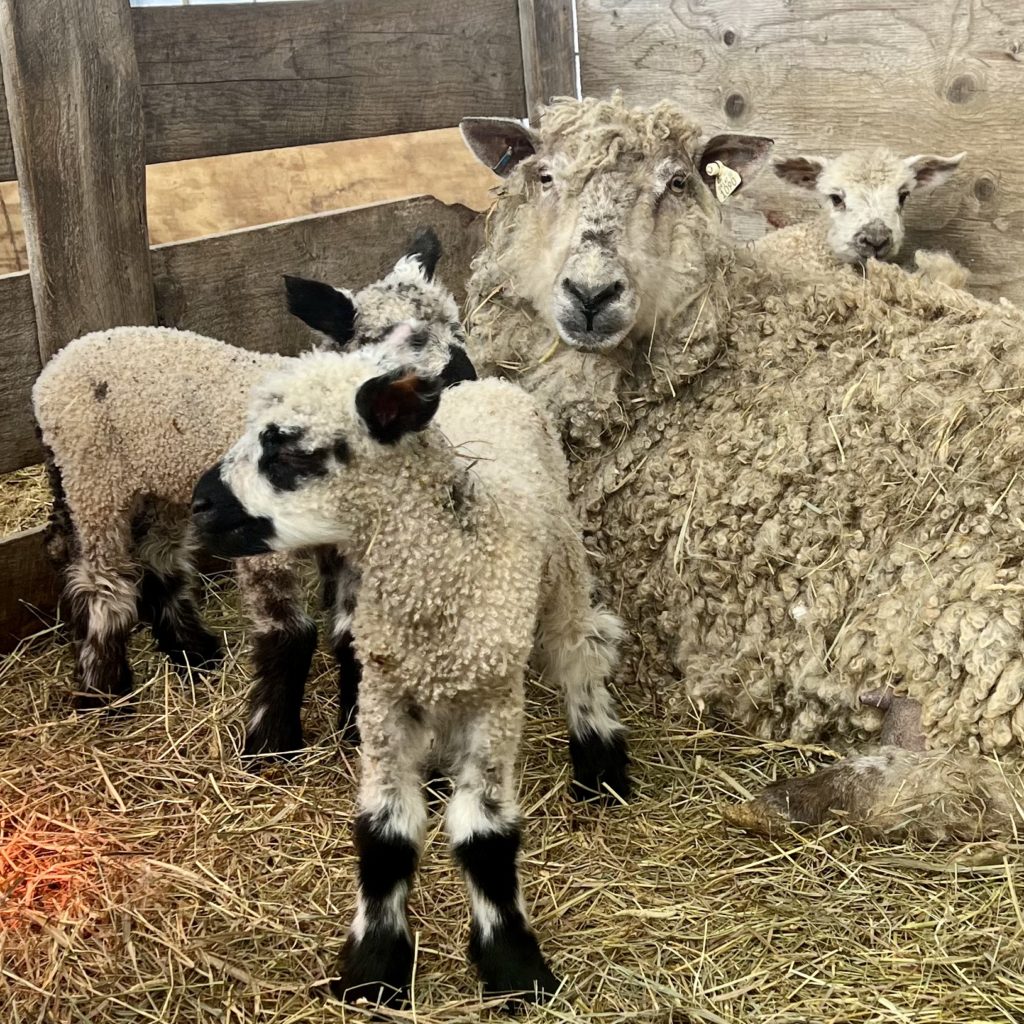
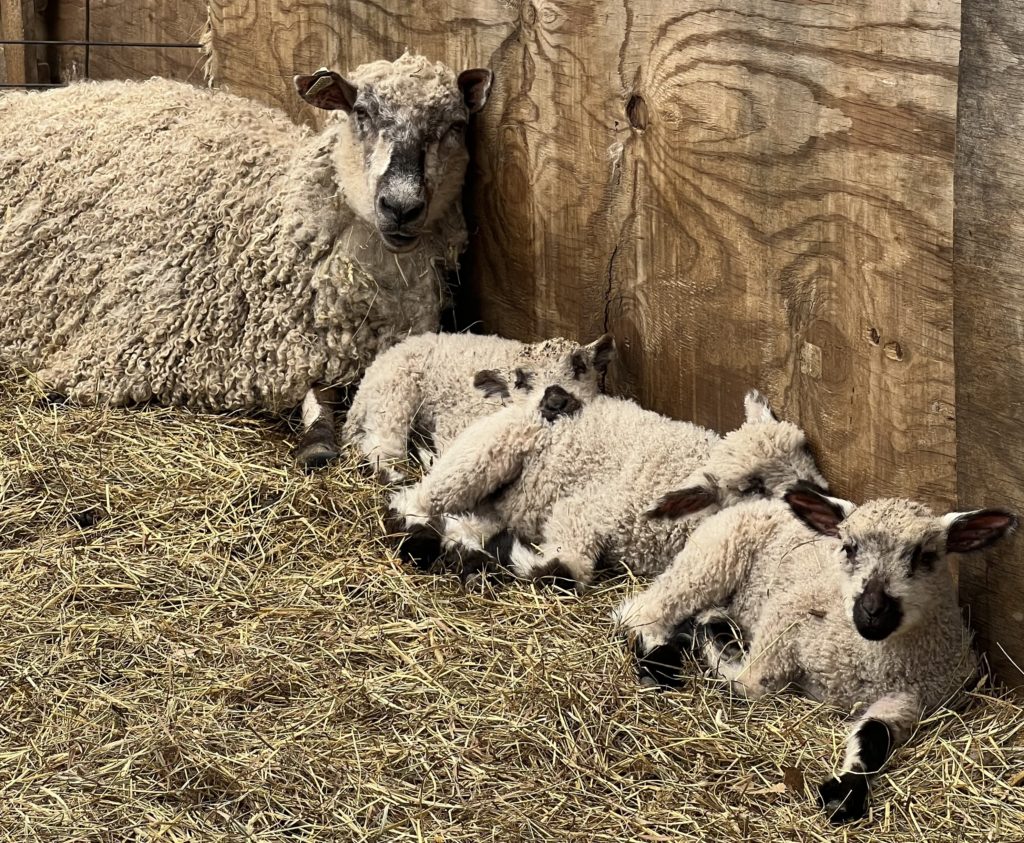
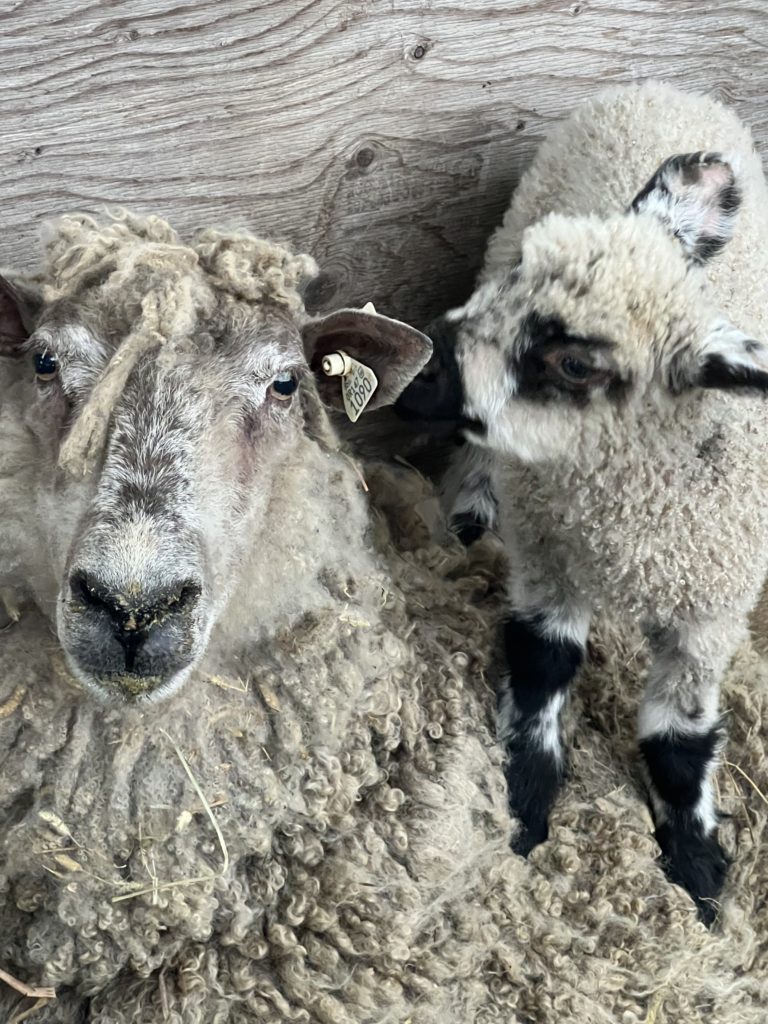
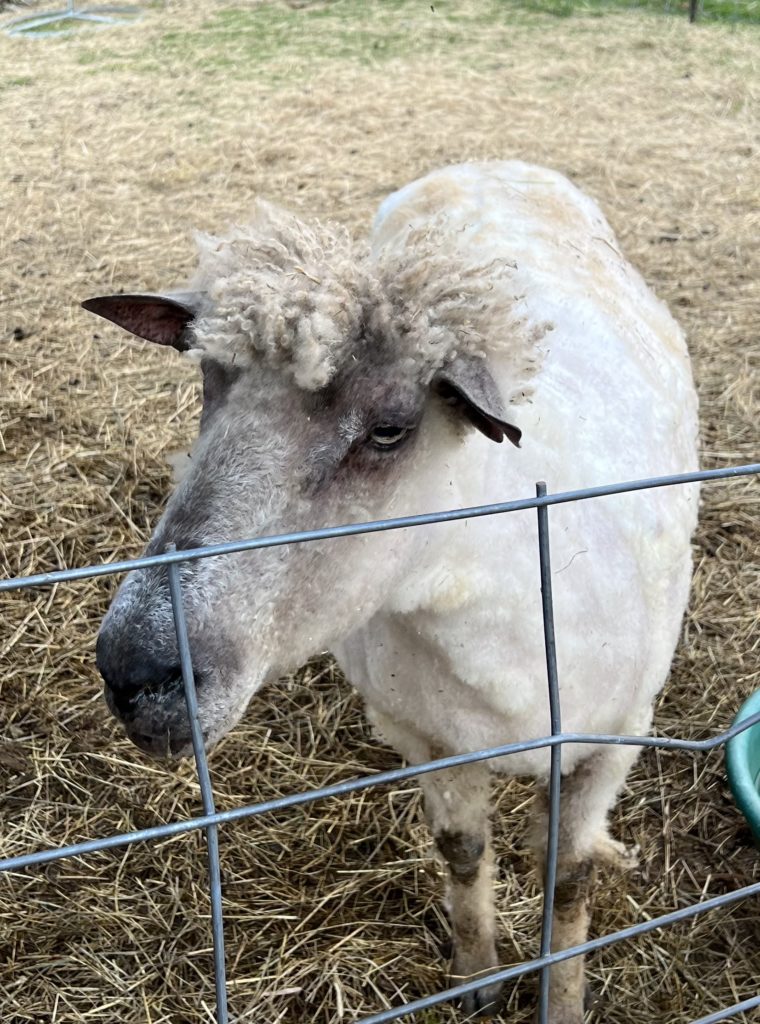
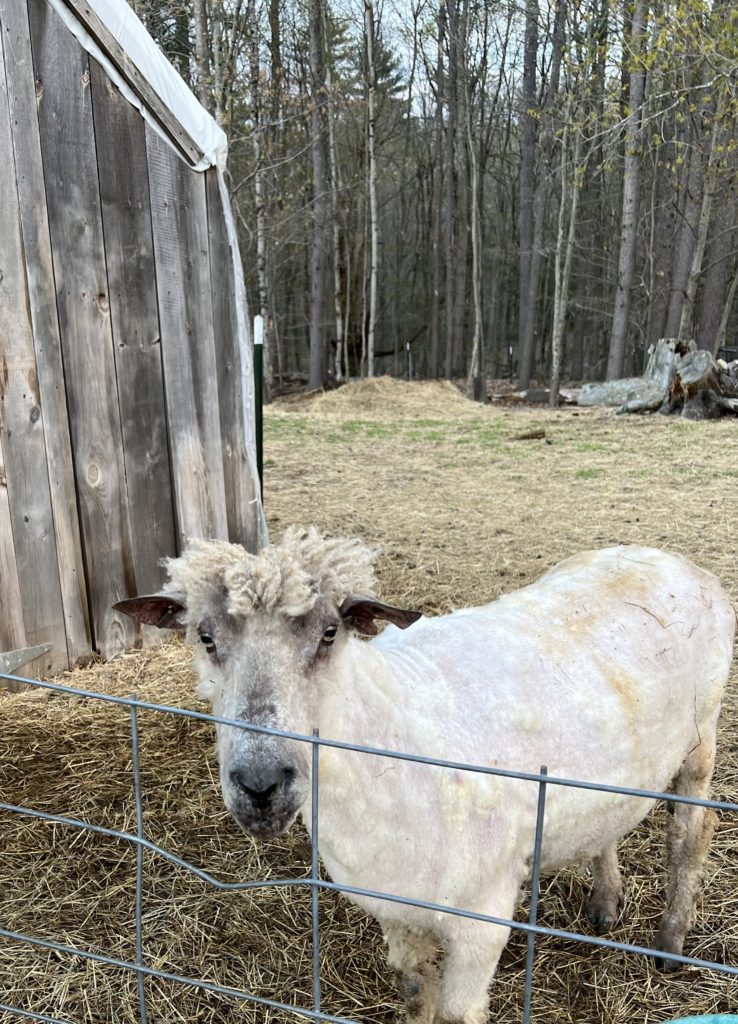
About Teeswater Sheep
The American Teeswater Sheep Association website traces its sheep history to the first century: “Romans invaded Britain in 43 AD, bringing with them a large long wool breed of sheep. Over centuries these sheep developed into slightly different types of sheep. They were named mainly from the area in which they had developed, i.e Cotswolds, Lincoln, Leicester & Devon Long wools and Teeswater.
The Teeswater was used in the dales for crossing purposes, putting rams to the smaller hill sheep,
producing cross bred sheep suitable for fat lamb production on the more fertile land.”
In the United States, A breed description from a 1892 report by D.E. Salmon
“Upon the rich lowlands bordering the river Tees in the east of England there was originally bred a
(Special report on the history and present condition of the sheep industry of the United States. Salmon, D.E. 1892)
tall, clumsy sheep, without horns, and with white face and legs. Their bones were small compared
with those of other large breeds, but supported a thicker, firmer, and heavier body than its size
would indicate; wide upon the back, somewhat round in the barrel, and yielding a heavier carcass
than any other sheep, but proportionally longer in growing to perfection; the meat, however, finer
grained than expected from such an animal. The ewes were very prolific, commonly bearing
twins, sometimes three at a birth, These sheep prospered most in small flocks, in pastures with
cattle.”
Introduction of Teeswater sheep to North America
Again from D.E. Salmon: “British Teeswaters were exported to North America in the early 1800s into Burlington County, New Jersey, and in the vicinity of Philadelphia. They attained a high degree of excellence and popularity with traces of them lingering for many years, until the New Leicester and the Southdown completely superseded and supplanted them.” (“Special report on the history and present condition of the sheep industry of the United States.” Salmon, D.E., 1892, p. 91-92.)
The Livestock Conservancy describes some factors leading to the rarity of Teeswaters: The Breed has struggled to get established in North America, falling out of fashion and replaced by more commercial breeds. “In 1997 Dr. Gourley imported the first Teeswater and Wensleydale semen into the US, and in 1998, the first 50% Teeswater lambs were born. Additional importations of semen, embryos, and some rams have been used to develop purebred Teeswaters. A Teeswater registry was started in 1998, and the American Teeswater Sheep Association was organized in 2007. There is now reciprocity with the UK breed society for the international exchange of genetics.”
References:
The Livestock Conservancy, “Teeswater Sheep” https://livestockconservancy.org/heritage-breeds/heritage-breeds-list/teeswater/
Teeswater Sheep Society of North America, “About the Teeswater Sheep” https://teeswatersheep.org/sheep.php
American Teeswater Sheep Association, “History of Teeswater Sheep” https://www.americanteeswatersheep.com/history-of-our-breed